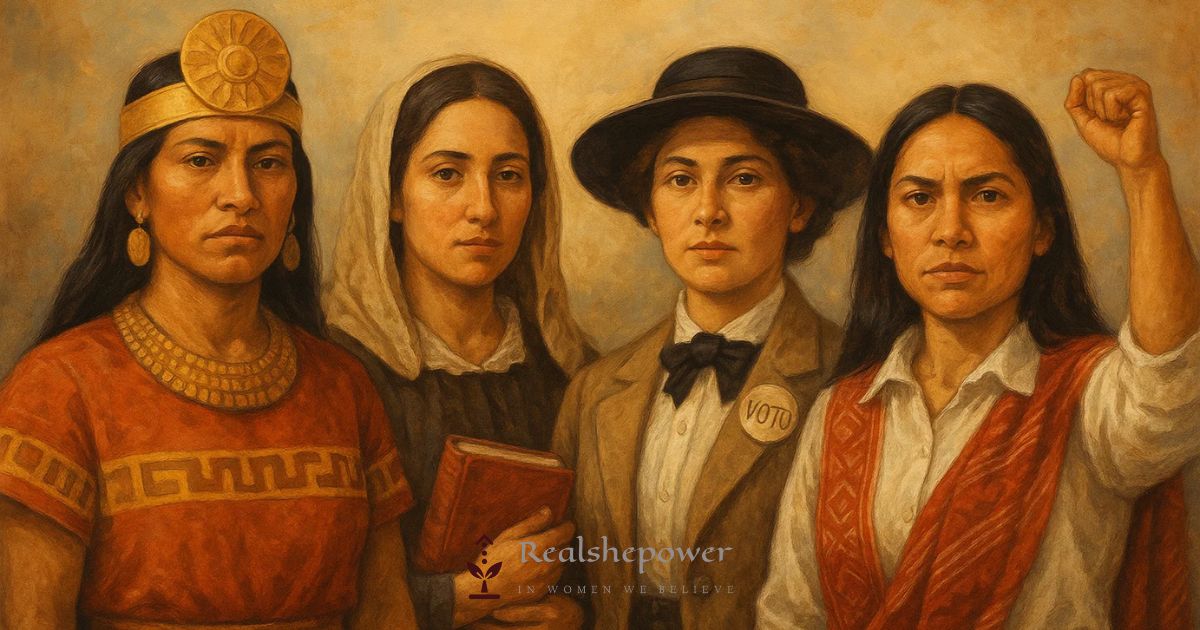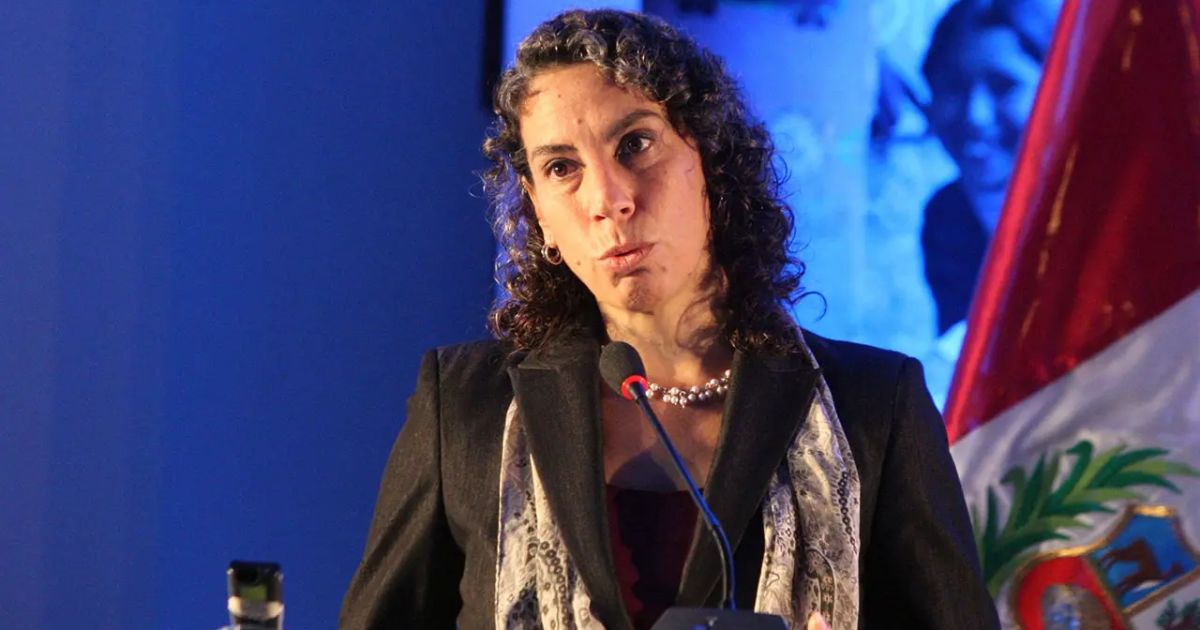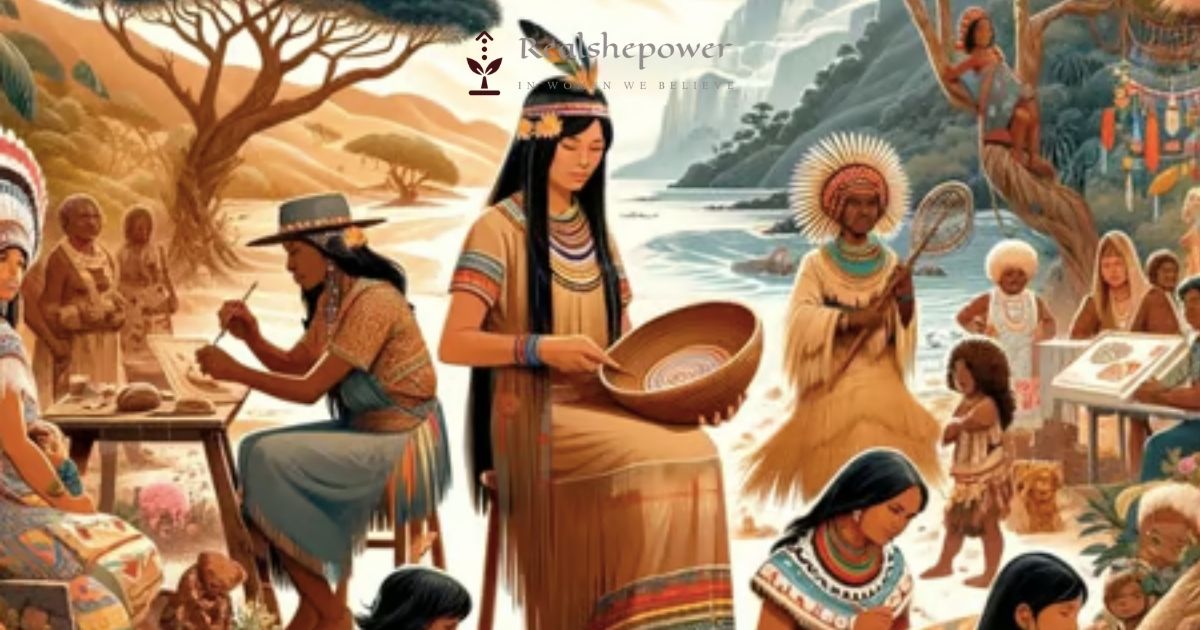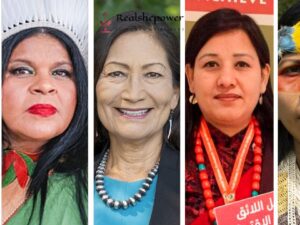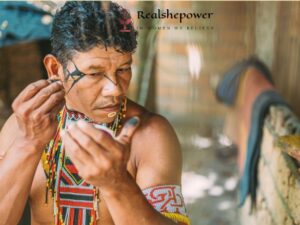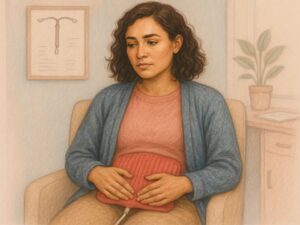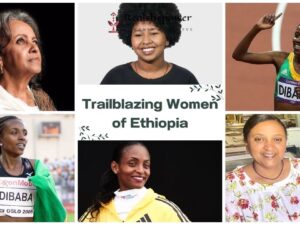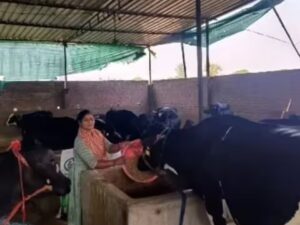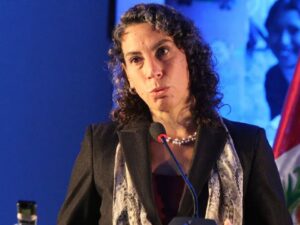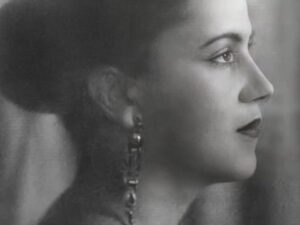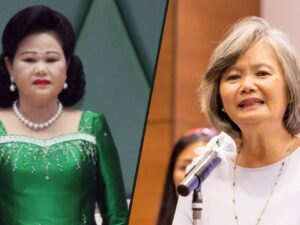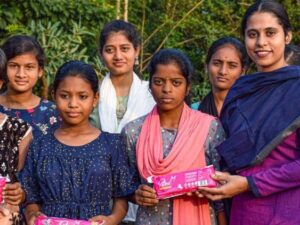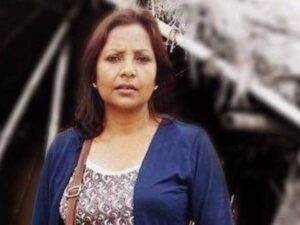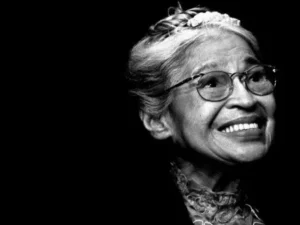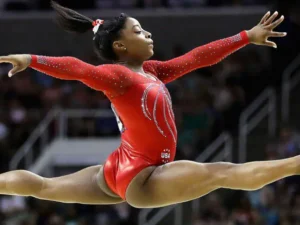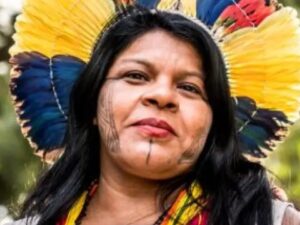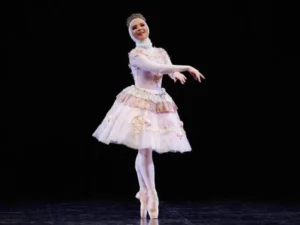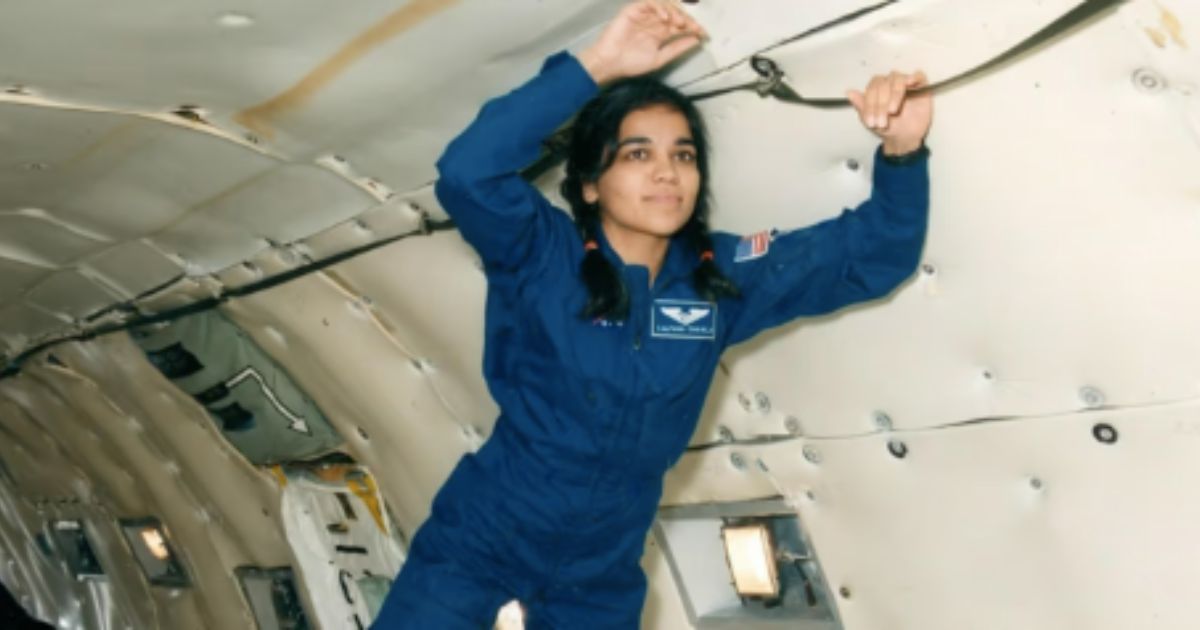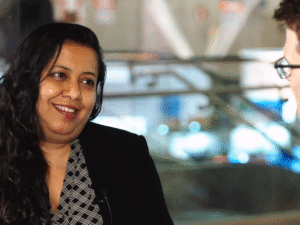Peru’s history is a vibrant tapestry woven with the contributions of women who have defied societal constraints to shape the nation’s cultural, political, and social landscape. From pre-Inca times to the modern era, Peruvian women have played pivotal roles as activists, intellectuals, revolutionaries, and policymakers, often overcoming patriarchal barriers and systemic inequalities. This article explores the lives and legacies of some of Peru’s most influential women leaders, highlighting their contributions to social justice, gender equity, indigenous rights, and national development. Their stories reflect resilience, courage, and an unwavering commitment to progress in a country marked by diversity and complexity.
Table of Contents
Pre-Inca and Colonial Eras: Foundations of Female Leadership
The roots of female leadership in Peru trace back to pre-Inca civilizations, where women held significant roles in Andean societies. While patriarchal structures emerged more prominently after the Spanish conquest, Andean civilizations like the Inca were relatively egalitarian, with women often inheriting property and wielding influence in communal governance. One of the earliest documented female leaders was Micaela Bastidas Puyucahua (1744–1781), a revolutionary figure whose strategic brilliance and courage during the 1780 indigenous rebellion of Tinta cemented her place in Peruvian history.
Micaela Bastidas, the wife of Túpac Amaru II, was a Quechua leader who played a central role in the uprising against Spanish colonial rule. Born in Pampamarca, she was of mixed indigenous and Spanish descent, which gave her a unique perspective on the injustices faced by indigenous communities. As a strategist, she organized logistics, mobilized troops, and communicated with allies across the Andes, advocating for the rights of Quechua and Aymara women as pillars of resistance. Her leadership was instrumental in rallying communities against colonial oppression, which included excessive taxation and forced labor in mines. Despite the rebellion’s failure, Bastidas’ execution by the Spanish in 1781 only amplified her legacy as a symbol of indigenous resistance and female empowerment. Her story continues to inspire Latin American women fighting for justice and equality.
Another notable figure from the colonial era was María Parado de Bellido (1777–1822), a heroine of Peru’s independence movement. Born in Huamanga (modern-day Ayacucho), María was an indigenous woman who supported the patriot forces against Spanish rule. She served as a messenger, relaying critical information to independence fighters led by her husband, Mariano Bellido. When captured by Spanish authorities, she refused to betray her comrades, choosing death over betrayal. Her execution by firing squad in 1822 made her a martyr for Peruvian independence, and her courage remains a powerful symbol of women’s contributions to the nation’s liberation. María’s story highlights the often-overlooked role of indigenous women in Peru’s struggle for sovereignty.
19th Century: Literary and Intellectual Pioneers
The 19th century saw Peruvian women begin to carve out spaces in intellectual and literary spheres, challenging societal norms that confined them to domestic roles. Clorinda Matto de Turner (1852–1909), a Cusquenian writer and journalist, emerged as one of Peru’s most influential literary voices. Born in Cusco as Grimanesa Martina Mato, she later adopted an additional “t” to honor her Inca heritage. Matto de Turner’s education at the National Women’s Secondary School included unconventional subjects like philosophy and physics, which shaped her progressive worldview. Her novel Aves sin Nido (1889), or Birds Without a Nest, exposed the exploitation of indigenous communities in Andean towns, sparking controversy for its critique of corruption and racial injustice.
As a journalist, Matto de Turner founded El Perú Ilustrado, a magazine that promoted science, art, and education while portraying indigenous people positively. Her work challenged the patriarchal and colonial structures of her time, advocating for social reform and indigenous rights. Exiled to Argentina in 1895 for her controversial writings, she continued her literary and educational work, teaching at a university and publishing articles until her death in 1909. Matto de Turner’s legacy as a precursor of the indigenist genre and Hispano-American novel underscores her role as a trailblazer for women in Peruvian literature and activism.
Early 20th Century: Pioneers in Education and Suffrage
The early 20th century marked significant strides for Peruvian women in education and political rights, driven by pioneers who broke barriers in male-dominated fields. Laura Rodríguez Dulanto (1872–1919) was a groundbreaking figure as Peru’s first female surgeon and the first woman to graduate from the National University of San Marcos in 1900. Born in Supe, Rodríguez overcame immense societal resistance to pursue a medical career, specializing in gynecology and conducting significant research on tuberculosis. Her academic excellence and determination paved the way for women in higher education, challenging the notion that women were unfit for professional or intellectual pursuits. Her historic achievement remains a milestone in Peru’s journey toward gender equity in education.
The fight for women’s suffrage also gained momentum during this period, with María Jesús Alvarado Rivera (1878–1971) leading the charge. A feminist and activist, Alvarado was the first Peruvian woman to publicly advocate for women’s suffrage in 1911. She founded Evolución Femenina, an organization dedicated to women’s rights, and pushed for reforms in education, labor, and political participation. Her efforts laid the groundwork for women’s communal suffrage in 1932 and national suffrage in 1955, making Peru one of the last South American countries to grant women the right to vote. Alvarado’s activism extended to social justice, as she worked to improve conditions for working-class and indigenous women, amplifying their voices in a patriarchal society.
Mid-20th Century: Revolutionary and Community Leaders
The mid-20th century saw Peruvian women taking on leadership roles in revolutionary and community organizing efforts, particularly in response to political repression and social inequality. María Elena Moyano (1958–1992), an Afro-Peruvian activist, became a symbol of resistance against violence and oppression. Born in Lima’s Barranco district, Moyano began her activism as a teenager in Villa El Salvador, a shantytown on the city’s outskirts. At age 25, she became president of the Popular Federation of Women of Villa El Salvador (FEPOMUVES), establishing public kitchens, health committees, and milk distribution programs for children.
Moyano’s outspoken criticism of the Shining Path, a Maoist guerrilla group, made her a target during Peru’s internal conflict (1980–2000). Despite threats, she continued advocating for non-violence and community empowerment. In 1992, the Shining Path assassinated her, but her death sparked widespread outrage, with 300,000 people attending her funeral. This public response significantly weakened support for the Shining Path, cementing Moyano’s legacy as a martyr for peace and social justice. Her work highlighted the critical role of women in community organizing and their resilience in the face of political violence.
Another key figure from this period was Adela Montesinos, a lesser-known but influential activist who contributed to early 20th-century feminist movements. Montesinos worked alongside Alvarado to advocate for women’s education and labor rights, focusing on the challenges faced by rural and indigenous women. Her efforts helped bridge urban and rural feminist movements, emphasizing the intersectionality of gender, race, and class in Peru’s social struggles.
Late 20th Century: Political and Social Advocacy
The late 20th century saw Peruvian women increasingly entering formal political spaces, despite persistent patriarchal barriers. Beatriz Merino (born 1947) became Peru’s first female Prime Minister in 2003 under President Alejandro Toledo. A lawyer and academic, Merino’s appointment marked a historic milestone in Peruvian politics. Her tenure focused on anti-corruption measures and social development, though it lasted only six months due to political pressures. Later, as Peru’s Ombudsman (Defensora del Pueblo) from 2005 to 2011, Merino championed human rights, particularly for women and indigenous communities, addressing issues like forced sterilizations under Alberto Fujimori’s regime (1990–2000). Her work exposed the atrocities of the National Population Program, which forcibly sterilized over 300,000 indigenous and poor women, a crime later condemned by the International Criminal Court as genocide.
Sofía Macher Batanero, a sociologist and human rights advocate, also played a critical role in post-conflict reconciliation. As one of two women on the Truth and Reconciliation Commission (2001–2003), Macher investigated human rights abuses during Peru’s internal conflict. Her work ensured that gender-based violence, including widespread sexual violence against women, was documented, though critics noted the commission’s limited focus on indigenous women’s experiences. Macher’s advocacy extended to her role as Executive Secretary of the Human Rights National Coordinator, where she pushed for accountability and reparations for victims.
Contemporary Leaders: Breaking New Ground
In the 21st century, Peruvian women continue to lead in politics, activism, and environmental justice, addressing modern challenges like climate change, gender-based violence, and indigenous rights. Dina Boluarte (born 1962) made history as Peru’s first female president, assuming office in December 2022 after the impeachment of Pedro Castillo. A lawyer and Quechua speaker, Boluarte previously served as Vice President and Minister of Development and Social Inclusion (2021–2022). Her presidency, however, has been controversial, marked by allegations of authoritarianism and failure to address gender-focused policies effectively. Critics argue that her silence during debates over gender education in schools and her alignment with conservative factions have undermined feminist progress. Despite her historic role, Boluarte’s legacy remains contentious, reflecting the complexities of female leadership in a patriarchal society.
Tania Pariona Tarqui (born 1984), a Quechua leader and human rights activist, represents a new generation of indigenous women leaders. Elected to Congress in 2016 to represent Ayacucho, Pariona served as President of the Women and Family Commission in 2018. Her activism focuses on social equality for indigenous people, youth, and women, drawing on her experience with the National Organization of Andean and Amazonian Women of Peru (ONAMIAP). Pariona’s work emphasizes intersectionality, advocating for policies that address the compounded disadvantages faced by indigenous women.
Marisol García Apagüeño, the first woman president of the Federation of Kechwa Chazuta Amazonia Indigenous Peoples (FEPIKECHA), exemplifies leadership in environmental and indigenous advocacy. Elected in 2022, García faced resistance due to traditional bylaws favoring male leaders. Her participation in the Leadership Program for Women in Water Management, supported by Forest Trends, strengthened her resolve to prioritize water management, reforestation, and women’s leadership in her community. Her work highlights the critical role of indigenous women in combating climate change and promoting sustainable development.
Magaly Garayar, president of the Organization of Indigenous Women of Laramate (OMIL), leads 110 women in advocating for economic and environmental rights. Through a program supported by UN Women’s Fund for Gender Equality and CHIRAPAQ, Garayar has promoted ancestral farming techniques to combat climate change, improving crop yields and community incomes. Her leadership has also increased indigenous women’s participation in public decision-making, challenging machismo culture and fostering gender equity.
Challenges and Ongoing Struggles
Despite these women’s achievements, Peruvian women leaders face significant challenges. Patriarchal structures, compounded by race and class disparities, continue to limit women’s access to power and resources. Rural women, particularly indigenous women, face disproportionate barriers, with 33.7% illiteracy rates compared to 10.9% for men. Gender-based violence remains a pervasive issue, with 38.9% of Peruvian women experiencing physical or sexual violence from partners, and rates as high as 51.2% in regions like Cusco. Forced sterilizations under Fujimori’s regime, affecting over 300,000 women, remain a stark reminder of state-sponsored violence against indigenous and poor women.
The feminist movement in Peru, bolstered by organizations like Flora Tristán and the Manuela Ramos Movement, has driven legislative gains, such as the Gender Parity Law (2020), requiring 50% female candidates in elections. However, implementation remains uneven, and conservative pushback against gender-focused policies persists. Indigenous women, like those in ONAMIAP and FEMUCARINAP, continue to advocate for land, water, and seed sovereignty, emphasizing the intersection of gender equity and environmental justice.
Conclusion
The history of Peruvian women leaders is a testament to their resilience and ingenuity in the face of adversity. From Micaela Bastidas’ revolutionary fervor to Clorinda Matto de Turner’s literary activism, Laura Rodríguez’s medical breakthroughs, and modern leaders like Tania Pariona and Marisol García, these women have reshaped Peru’s social, political, and cultural fabric. Their legacies highlight the importance of intersectionality, addressing the unique challenges faced by indigenous, rural, and working-class women. As Peru continues to grapple with gender inequality, violence, and climate change, the contributions of these trailblazers serve as a beacon, inspiring future generations to pursue justice, equity, and sustainable progress.
